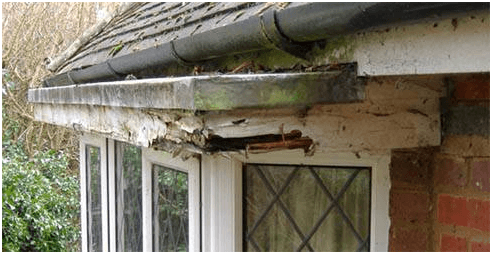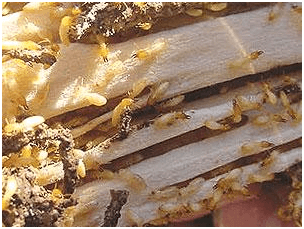Timber Decay
Timber decay (rot) is caused by a biological attack within the wood by certain species of Fungi. The Fungus can lie dormant in the timber for years until the right conditions present themselves. The conditions needed are oxygen, moisture and nutrients, with moisture being the critical component. If moisture is not present in timber, then the Fungi will remain dormant, even when oxygen and the nutrients they require are abundant.
How to prevent the onset of Decay in Timber

Keep or prevent the timber from getting wet. Pay particular attention to the likely avenues moisture will get into timber and use common-sense passive solutions such as drainage, flashing or adequate ventilation under subfloors etc.
- Ventilation can provide good reduction in atmospheric moisture levels in subfloor areas. Often the small vents installed in these areas can be inadequate to properly allow for good cross-flow ventilation and care needs to be taken to ensure there are no ‘dead spots’ where air circulation is poor. There are a number of third-party ventilation systems that can be installed to properly ventilate these areas.
- Use pre-treated timber products such as treated pine or durable hardwood species in problem areas.
- Apply remedial or aftermarket timber preservatives to prevent decay or kill existing decay in problem areas.
- Apply a timber finish or surface coating to minimise the exposure to moisture.
How to stop and prevent further damage to decaying Timber?
- Remove the source of moisture if at all possible
- Apply remedial timber preservatives to kill existing rot or decay
Note on structural Timbers affected by Decay: If structural timber is affected by decay then the safety of that structure is at potential risk of collapse! The Timber Information Service strongly recommends you to seek professional advice from a registered builder or building inspector to determine if the timber is still structurally sound. If the decay has been left unchecked for too long, then the builder or inspector will advise that the timber must be replaced.
Termites
Termite attack is the most economically important form of insect attack of timber in service in Australia. A common misconception is that a termite is an ant. It is in fact a type of cockroach. If your property has been attacked by Termites, then it is important that you consult a certified, licensed pest controller. The pest controller will:
 Determine the presence of termite damage and the extent of activity.
Determine the presence of termite damage and the extent of activity.- Correctly identify the termite species responsible for any termite damage found.
- Determine the best course of termite management for your particular property.
How to identify Termite attack
Unfortunately, Termites are soil-inhabiting insects which if attacking timber above ground usually eat from the inside outwards and therefore seldom show themselves. Sometimes you may have one or more of the following:
- Noise of Termites eating timber.
- Appearance of “white ant” workers or soldiers.
- Earthen packing inside walls or on timber surfaces.
- Timber excavation where the timber is hollow. Sometimes this results in undulating or corrugated surface appearance to the remaining timber.
- Flight holes where the winged reproductives exit to start a new colony.
- Unusual odour caused by some species of Termites.
The Termidor Website has some interesting information regarding Termites, here is a link to their website: http://www.termidor.com.au/blog/termites-in-australia-and-australia-homes/
Borers
Apart from Termites, timber can be attacked by other insects in Australia. The most common insect pests are beetles (also known as borers). There are four common types of borers in Australia:
- Queensland Pine Beetle
- Pinhole Borer
- Furniture Beetle
- Powderpost Beetle
How to identify Beetle (Borer) attack
Leaves a tell tale round exit hole (1-2mm diameter) on the surface and dust filled cavities in the timber.
- Dust around exit holes
- Discolouration around holes (for some species only)
- Can have discoloured holes (for some species only)

